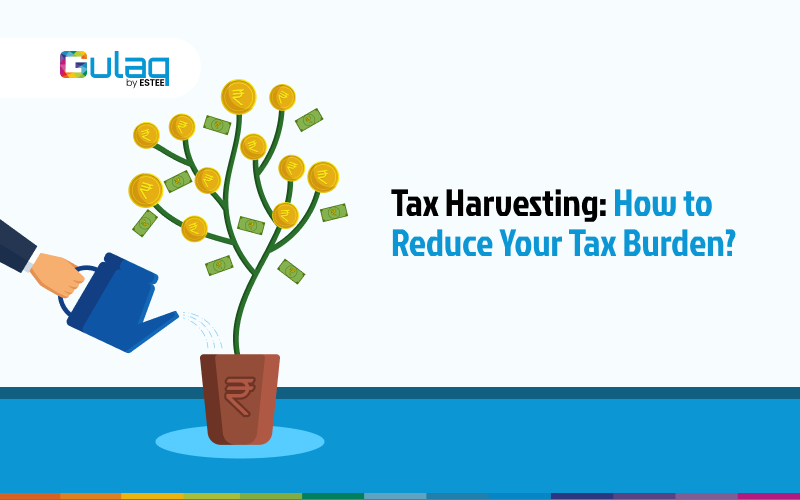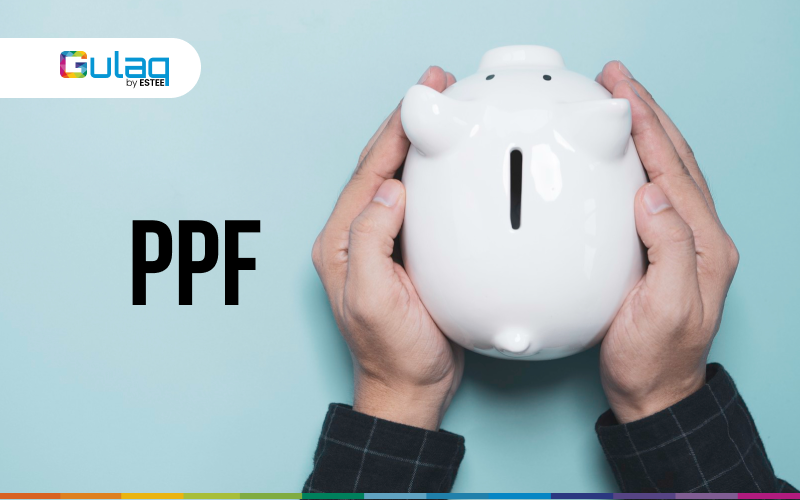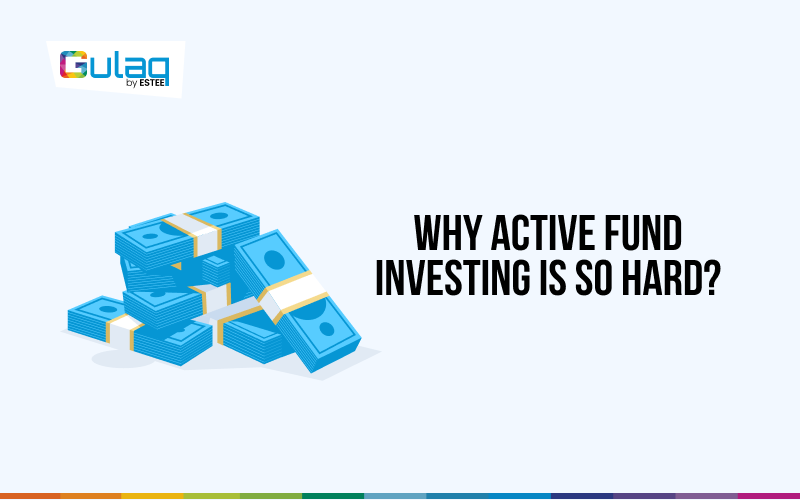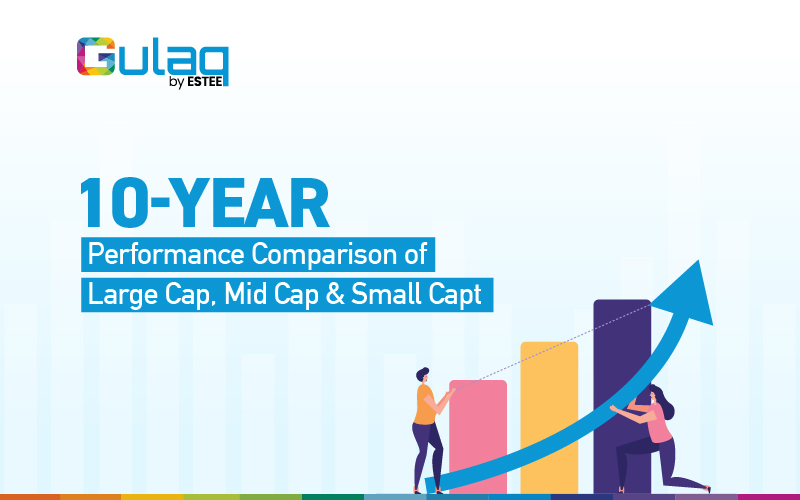
5 Market Calls Made by Howard Marks
Introduction
Howard Marks is a well-known name in the world of finance. He is the co-founder and chairman of Oaktree Capital Management and has made a fortune by investing in distressed companies. He has also authored the best-selling book, “Mastering the Market Cycle” and believes that superior investment result comes not from collecting more economic data or improving analysis, but from understanding the prevailing investors psychology.
Over the span of 50 years, he had made some pretty accurate macro calls at key turning points in the market which has made him and his investors billions of dollars in profits. But what is noteworthy is how rarely he has made those macro calls. Marks does not believe that the anybody (let alone him) can manufacture consistent profitable market calls our of macro forecast. In fact, over the span of 50 years, Marks has only made like 5 macro calls. All of those were made at times when the market was either crazily elevated or massively depressed – increasing the probability of the market call being correct.
In this article, we will be looking at those 5 market calls that Howard Marks made from early 2000s to to 2020. Let’s get started!
First Call: – Bubble.com (Jan 2000)
In the fall of 1999, as the tech, media, and telecom (TMT) stocks were experiencing massive gains, Marks was reading Edward Chancellor’s book, “Devil Take the Hindmost.” This book highlighted historical market bubbles and Mark couldn’t ignore the striking similarities between the TMT bubble and historical market bubbles detailed in the book.
He observed common themes like the lure of easy profits, individuals leaving their jobs to chase quick riches, and investments in money-losing companies with unexplained business models. All of these signs pointed towards a market bubble.
Although Oaktree’s investments had little exposure to technology at the time, Marks recognized the signs of irrational exuberance in the broader market.
He expressed his concerns in a memo titled “bubble.com,” which was published at the beginning of 2000.
In the memo, Marks discussed how tech investors were buying shares of young companies at astronomical prices, often based on multiples of current revenues or even on the mere concept and hope, as some of these companies had no revenues or profits.
In the memo, he stated:
“In short, I find the evidence of an overheated, speculative market in technology, Internet, and telecommunications stocks overwhelming, as are the similarities to past manias. . . . To say they have benefited from a boom of colossal proportions and should be examined very skeptically is something I feel I owe you.”
Marks’ foresight and skepticism about the tech bubble were dead on. The TMT bubble burst in early 2000, the S&P 500 Index fell by 46%, and the tech-heavy NASDAQ Composite declined by a staggering 80% during this period. Many tech stocks suffered even more significant losses, and numerous young companies in the e-commerce sector ended up becoming worthless. The term “bubble” became a part of everyday speech for a new generation of investors.
Second Call: – Late 2004 to Mid-2007
In the period spanning late 2004 to mid-2007, Howard Marks identified warning signs of a slow-developing financial crisis. During this time, the FED was implementing accommodative monetary policies to address the fallout from the tech bubble.
In his memo titled “Risk and Return Today” from late 2004, Marks highlighted the unusually low prospective returns across most asset classes. Investors, hungry for better returns, were gravitating toward higher-risk and alternative investments.
In “There They Go Again” (May 2005), Marks delved into the housing market, where the belief that home prices would perpetually rise was prevalent. He pointed out that investors were repeating past mistakes, ignoring historical lessons, and falling for the idea that”it’s different this time.”
Marks and his co-founder, Bruce Karsh, observed a lack of discipline in the market and adopted a defensive stance. They sold assets, liquidated large funds, organized small funds, and raised the bar for evaluating new investments.
In July 2007, Marks published the memo “It’s All Good,” in which he highlighted that investors were embracing risky investments due to the unattractive returns from safe investments, despite the risk-return trade-off becoming increasingly flat.
8 months after “It’s All Good,” the financial world witnessed the meltdown of Bear Stearns, followed by the rescue of Merrill Lynch, the bankruptcy of Lehman Brothers, and the AIG bailout in rapid succession. The S&P 500 Index plummeted to a low of 735 in February 2009, down 53% from its 2007 peak.
Third Call: – Late 2008
The bankruptcy of Lehman Brothers sent shockwaves through the markets and triggered a panic as many feared that Lehman’s failure might lead to a global financial system meltdown.
Howard Marks, recognizing the reckless behavior in the market, and had taken a proactive measures to organize a $11 billion “reserve fund” to be deployed if the crisis escalated, which, by mid-2008, it had not.
While deciding whether to invest when everyone around him was selling, Marks faced a crucial dilemma – whether to invest the reserve fund’s capital or keep it in reserve should the crises escalate.
He adopted a binary outlook. He believed that either the world would end (in which case, actions wouldn’t matter), or the world would continue. He invested with the latter assumption and decided to invest aggressively when everyone around him was selling.
Bruce Karsh’s team led the way, investing an average of $400 million per week from September 18, 2008, through year-end, totaling $6 billion in essentially a single quarter. Other investments by Oaktree brought the total to $7.5 billion.
Marks quoted in his memo -“While skepticism calls for pessimism during periods of excessive optimism, it also requires optimism when pessimism was excessive”.
In the climate of fear and risk aversion, Marks observed that negative possibilities were being accepted as fact. This led to low investor expectations, reasonable asset prices, and a higher likelihood of prices eventually rebounding. In essence, it was a perfect buying opportunity.
This bold approach ultimately positioned Oaktree to benefit from the eventual recovery of financial markets following the crisis and make big profits.
Fourth Call: – March 2012
In March 2012, during a sleepless night on a business trip in Chile, Marks stumbled upon an old article titled “The Death of Equities,” published in Businessweek on August 13, 1979. This article, written during a period of soaring inflation, economic challenges, and poor stock market performance, posited that investors would never return to equities because of their prolonged underperformance.
“The Death of Equities” painted a grim picture, suggesting that poor stock performance had dampened investor interest and that this negative state could persist for years.
However, Marks, applying a contrarian perspective, saw logical flaws in this narrative. He questioned whether the extreme pessimism could actually signal a turning point. If optimism was absent and stock prices were low, perhaps this was the point of recovery.
This marked the difference between average investor thinking and what Marks termed “second-level thinking.” The latter, deeper and more nuanced, did not rely on surface impressions but considered the influence of mass psychology and the potential for contrarian opportunities.
He argued that historical trends indicated that asset prices eventually revert back toward their mean. And by drawing parallels between the environment of 2012 and the era when “The Death of Equities” was written in 1979, Marks adopted a more optimistic stance.
While Marks did not anticipate an equity rally as dramatic as the one following “The Death of Equities,” he believed in the potential for positive scenarios.
The outcome spoke volumes – from 2012 through 2021, the S&P 500 returned an impressive 16.5% per year, once again demonstrating that excessively negative sentiment can lead to significant market gains in the years to follow.
Fifth Call: – March 2020
The most recent call made by Marks occurred in the early days of the COVID-19 pandemic. The world was beginning to grapple with the implications of the pandemic in February 2020, and from mid-February to mid-March, the S&P 500 experienced a rapid decline of approximately one-third.
In his memo titled “Nobody Knows II” in March 2020, Marks emphasized that while the future was uncertain, this uncertainty should not paralyze investors. Ignorance about the future did not mean that maintaining the current position was the best course of action.
He acknowledged that it was impossible to predict the exact market bottom and waiting for the absolute bottom was a futile exercise. And thus, Oaktree was going to focus on investing when value was available at attractive prices.
When the conditions for bargains started materializing due to price drops and selling pressure. He expressed a belief that it was a good time to invest, even though it might not represent the absolute best time.
While some of Marks’ previous market calls relied on historical knowledge and analytical reasoning, this call was primarily driven by an acknowledgment of uncertainty.
Marks recognized that extreme pessimism and emotional selling created opportunities for contrarian investors. He noted that while events causing chaos were regrettable, they also presented opportunities to access significant bargains.
Share
Related Posts
April 12, 2024
Tax Harvesting: How to Reduce Your Tax Burden?
FY 23-24 has been great for Gulaq. We were able to generate phenomenal returns for…
April 3, 2024
Don’t Miss the Forest for The Trees: Why Maxing Out the Rs. 1.5 Lakh Limit on Your PPF Before 5th of April Is Not Worth the Hype
As the financial year has ended, the buzz around investing the entire Rs. 1.5 lakh…
March 15, 2024
Why Active Fund Investing is so hard?
Would you consider investing in a fund that has significantly trailed its benchmark over the…
February 9, 2024
Halo Effect can be Dangerous to your Portfolio!
Charlie Munger once famously said, “It is remarkable how much long-term advantage people like us…








